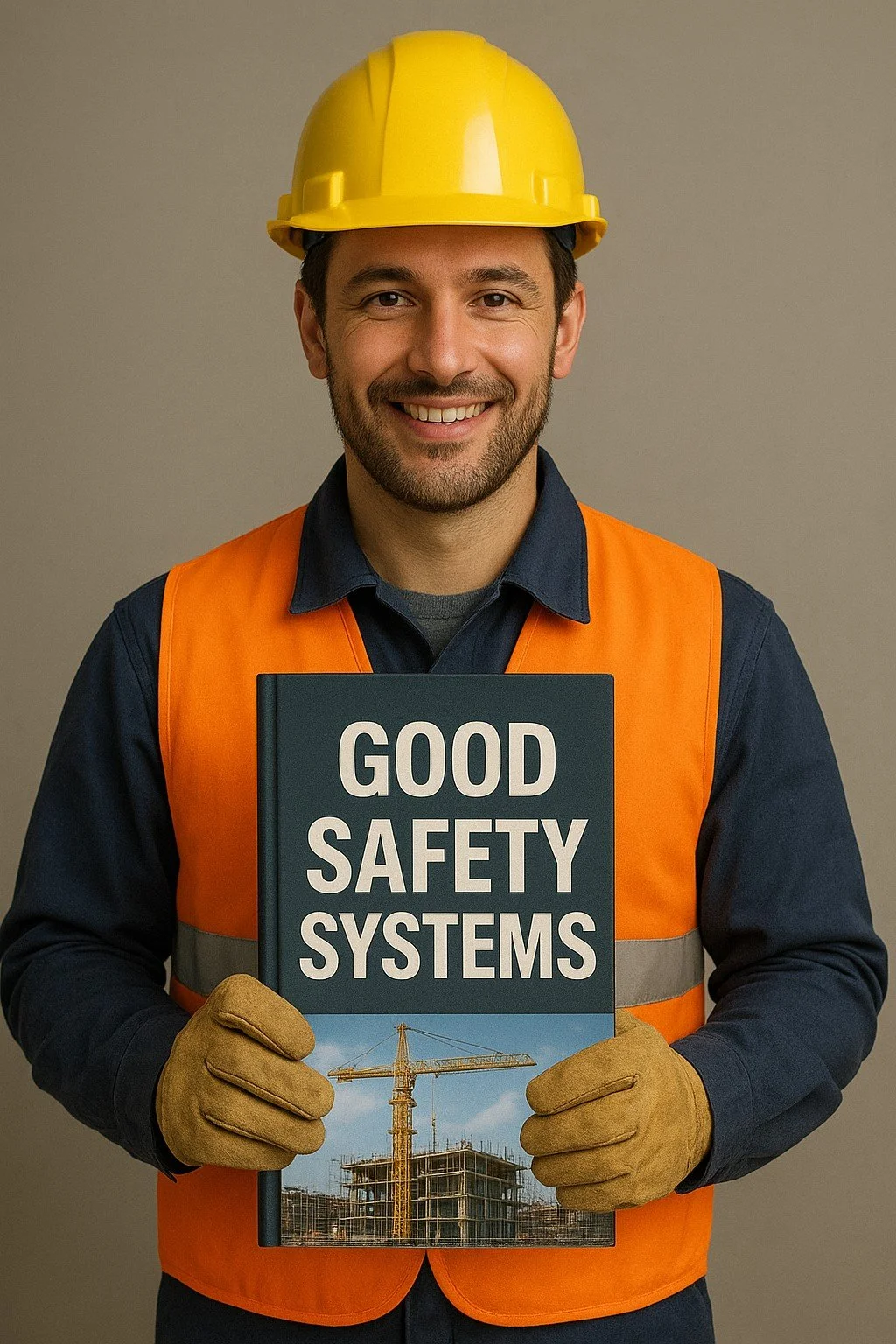Do Good Safety Systems Help?
Following the Esso gas plant explosion in Victoria in 1998, the Royal Commission of Inquiry commented on the safety management system in place at the time and found it was:
Repetitive,
Included circular references,
Contained unnecessary cross-referencing,
Much of the language was impenetrable, and was
Difficult to comprehend by both operational personnel and managers.
The Commission further commented that the safety management system had “taken on a life of its own”. This sounds similar to things like electrical test & tag and SWMS and other safety systems that become bureaucratic over time where people focus on administrative things like date on tags and worker signatures instead of fundamental safety.
Other studies, as noted by Andrew Hopkins et al, have found that there is no correlation between companies with certified safety systems, such as five star rating, and better safety performance.
The right culture is necessary to make safety systems work
Notwithstanding the above cautionary tales, we clearly still need safety management systems eg Vic OHS Act S.21 duty to have safe systems of work, but something else is needed to bring them to life. So, let’s explore that.
The cultural perspective does not replace the systems perspective, we need both.
Once a business develops a (bloated) safety management system there is a tendency to become complacent and believe everything will be OK because the system will protect them.
Safety culture can be expressed in a wide variety of ways, but put simply what we want to achieve is a culture where safety has a special place in the minds of everyone who works there.
Remember, safety culture is a characteristic of the organisation (the group), not of individuals, so don’t confuse your own habits as being the culture of the business.
Culture and Leadership
Senior management have prime responsibility for the culture of the business and therefore need to be visible in how they build the desired values, behaviours and culture.
Psychology teaches us that people feel tension when their behaviour is not aligned their personal values. Thus, as an organisation enforces safe practices, individual’s tend to value workplace safety more highly over time.
Executive Leadership Practices
One of the most effective things senior managers can do demonstrate safety leadership and strengthen the organisation’s culture is regular “safety walks”.
In our August newsletter we asked, “should executives be involved in accident investigations”, and concluded that it was not their responsibility and not an area where they are likely to add value, and more likely to create potential personal liability.
We suggest you brief and support your managers on how best to do safety walks, which can include things like:
Have the area supervisor accompany executive and introduce local workers.
Show personal concern for safety of employees.
Ask about local issues or difficulties in carrying out work.
Don’t hunt for hazards.
Don’t be critical or assign fault, but enquire about any observed concerns.
Motivate workers to follow agreed safe practices.
Call us on 03 8544 4300 or email us for a copy of our executive safety walk checklist, or a quote for a safety leadership workshop.

